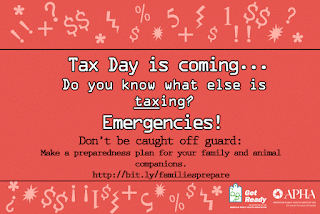 |
| By Joe Center Media |
What’s in floodwaters can also be harmful to your health. Chemicals, sewage and other dangers can be present. When dealing with floodwater, wear protective clothing like masks, rubber gloves and boots. If you have a cut or rash, keep it covered with a waterproof bandage. Clean your skin well with soap and water.
The dangers don’t end when floodwaters recede. That’s because flooding can leave behind pools of water. These are perfect places for mosquitoes to lay their eggs. Empty and scrub things that hold water in your yard or neighborhood, such as buckets, planters, toys, birdbaths and trash containers. If you have water that can’t be dumped, consider using mosquito larvicide.
Floodwater in homes can also lead to mold. Mold can cause breathing problems, especially in kids and seniors. To protect yourself, clean and dry your home as soon as you can. Air out buildings by opening windows and running fans. Clean surfaces with hot water and soap. Throw away wet food, medicine or anything else you can’t clean or dry quickly. Remember the rule: When in doubt, throw it out!
Clean up any mold you find with a mix of bleach and water. Again, make sure you have protection, such as gloves, boots and masks.
It’s also a good idea to make sure that your home is ready for flooding year-round. A good first step is to buy flood insurance. Next, put together an evacuation plan and discuss it with your family. Make sure you’re stocked up on food and supplies and have them ready to go if you need to evacuate.
By being ready for flooding before and after a storm, you can make sure you and your home stay safe and healthy. Check out our Get Ready fact sheet for more tips.



